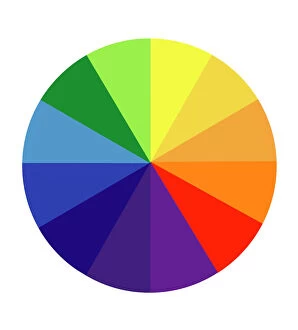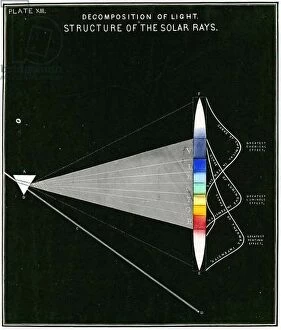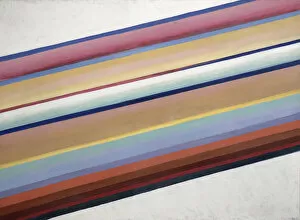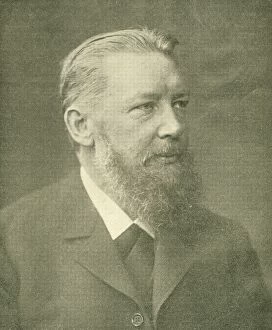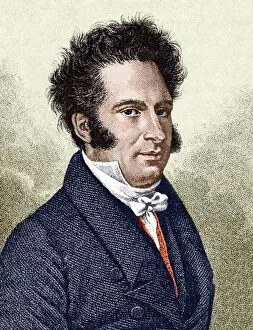Colour Theory Collection
Colour theory is the study of how colours interact with each other to create visual harmony and impact
For sale as Licensed Images
Choose your image, Select your licence and Download the media
Colour theory is the study of how colours interact with each other to create visual harmony and impact. It explores the relationships between different hues, shades, and tones to understand their psychological effects on viewers. From warm and cool colours to complementary and analogous colour schemes, colour theory plays a crucial role in art, design, fashion, and even psychology. By understanding the principles of colour theory, artists and designers can effectively communicate emotions, convey messages, evoke moods, and capture attention through their work. Whether you're mixing paint on a canvas or choosing a palette for your next project, mastering they are elevate your creations to new levels of sophistication and beauty. Dive into the world today and unlock the secrets behind the mesmerizing power of hues.

